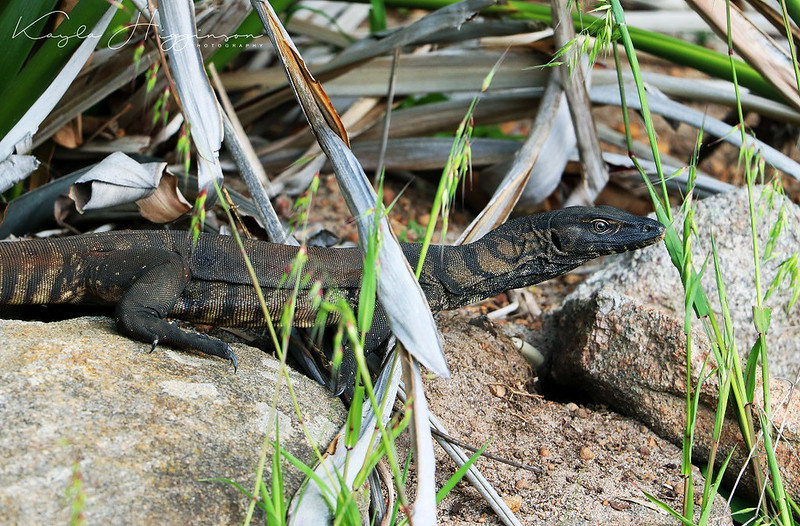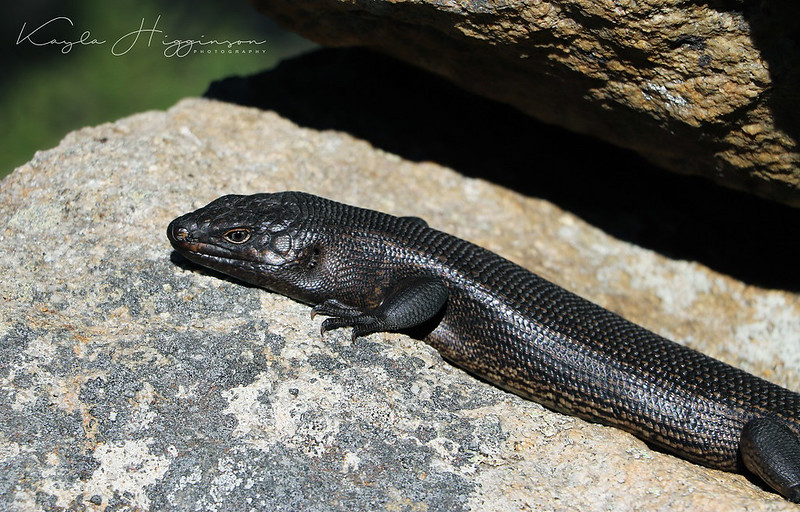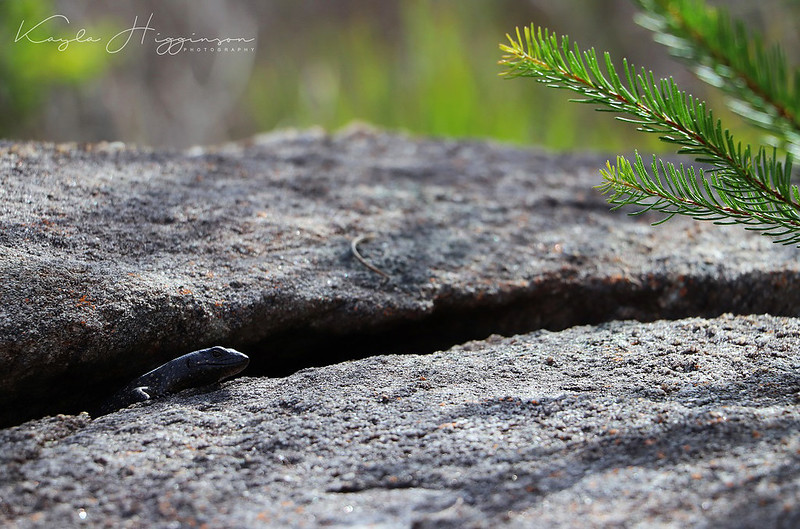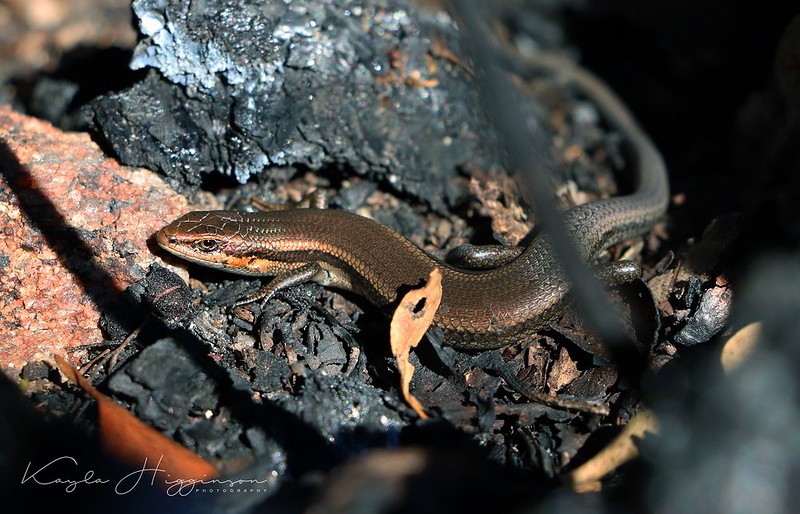LizardMan29
New Member
- Joined
- Nov 5, 2019
- Messages
- 4
- Reaction score
- 0
Hi Guys,
This being my first post, it’s lovely to meet you all, hopefully I can gain countless herp knowledge from you guys and this forum in general. I’ve read over a thousand pages of reptile books so theirs nothing I don’t know concerning their biology etc........ however,
When it comes to field Herpetology I am a baby. I so wish I could catch the beautiful
Lizards that live here in the northern Perth suburbs. Their are national parks very
Close to me, and most are banksia woodland, where a plethora or herpofauna exist.
Also their are patches of native bush land all around me. And of course I make trips
to other national parks as well. But yeah, i don’t know, so many skinks,
How do i trap them humanely so I can Id them, photograph them, and let them go?
Thanks guys.
LizardMan29.
This being my first post, it’s lovely to meet you all, hopefully I can gain countless herp knowledge from you guys and this forum in general. I’ve read over a thousand pages of reptile books so theirs nothing I don’t know concerning their biology etc........ however,
When it comes to field Herpetology I am a baby. I so wish I could catch the beautiful
Lizards that live here in the northern Perth suburbs. Their are national parks very
Close to me, and most are banksia woodland, where a plethora or herpofauna exist.
Also their are patches of native bush land all around me. And of course I make trips
to other national parks as well. But yeah, i don’t know, so many skinks,
How do i trap them humanely so I can Id them, photograph them, and let them go?
Thanks guys.
LizardMan29.




 Heath Monitor (Varanus rosenbergi)
Heath Monitor (Varanus rosenbergi) King's Skink (Egernia kingii)
King's Skink (Egernia kingii) Juvenile Skink (Egernia kingii)
Juvenile Skink (Egernia kingii) Western Three-lined Skink (Acritoscincus trilineatus)
Western Three-lined Skink (Acritoscincus trilineatus)